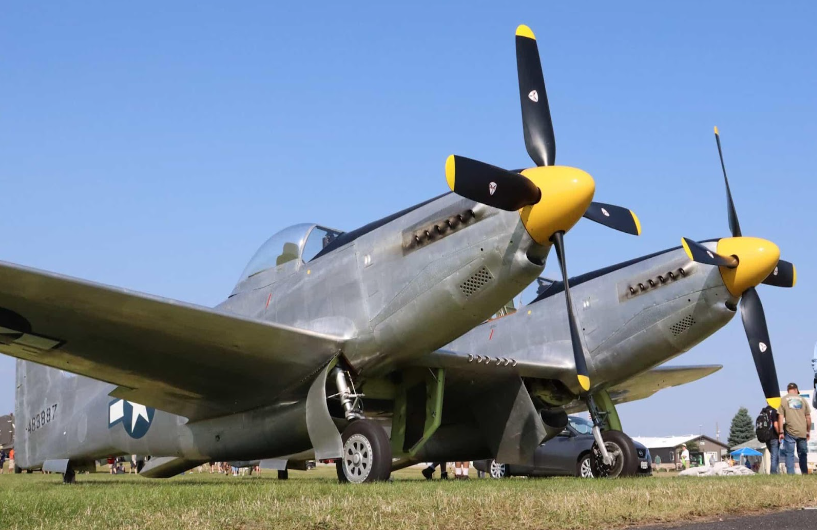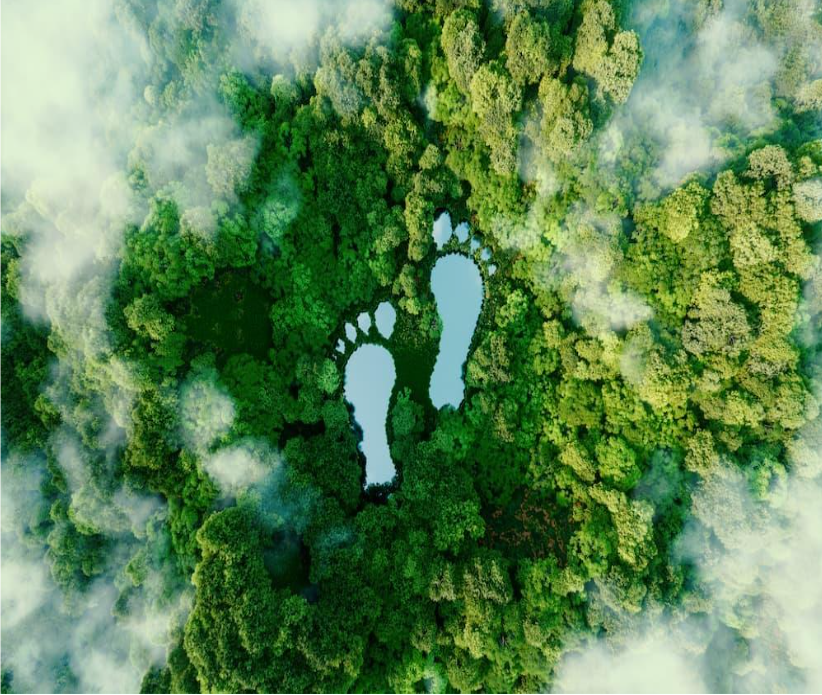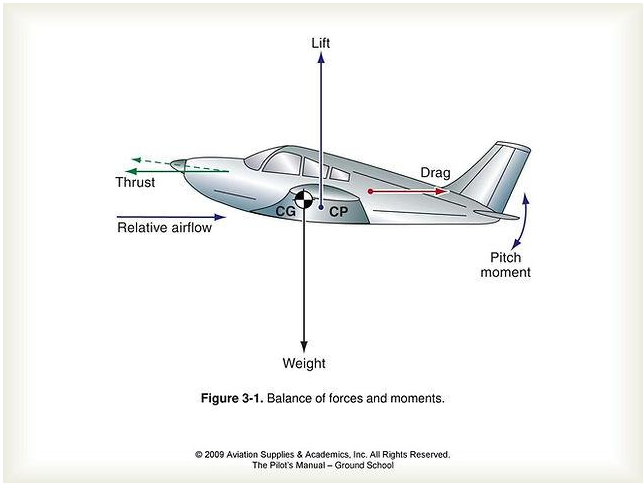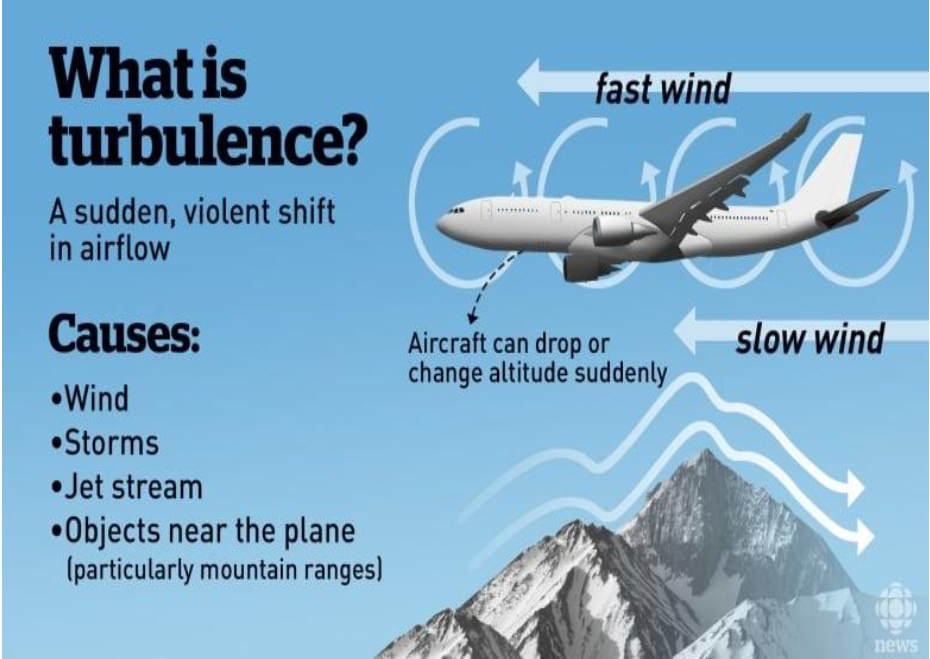
Getting a Canadian pilot license will mean not just having an opportunity to wander in the skies but also getting a chance for an extremely interesting adventure. In this country, flying has always meant the best freedom and the greatest way to success, especially with such diversified weather conditions and vast landscapes.
Be it flying for fun or preparing for a career in aviation, equal importance lies with the pilot license. It is from this decision that the training journey will be shaped, which will include the scope of your flying privileges and pathways available for advancement in the field of aviation.
The Path to the Skies: Understanding Pilot Licensing in Canada
In Canada, the licensing of pilots is done by Transport Canada to make sure that all pilots meet the required high standards concerning knowledge, skill, and proficiency. The goal of becoming an aviator has a number of steps. To begin with, the first one is acquiring a medical certificate to ensure fitness for flying.
This is followed by aspiring pilots undertaking a combination of ground school courses and flight training hours, after which they will undertake written exams and complete practical flight tests.
These steps ensure that each pilot in Canada is equipped and able to easily maneuver within the peculiarities of the Canadian aviation environment.
Recreational Pilot Permit (RPP)
Description: The Recreational Pilot Permit provides an expeditious level of aviation at the federal level and allows its holder to act as the pilot-in-command of single-engine, and non-complex aircraft, carrying passengers or property within Canada at any time during daylight hours.
Ideal for: This type of license is ideal for hobbyists or those who would like to be pilots but are not prepared to take the intensive training related to a full license. This would be great for those who just want to experience flying for the first time with little investment on their part.
Prerequisites and Restrictions:
- The age of a candidate applying should not be less than 16 years and should have been declared medically fit under Category 4.
- Training includes at least 25 flying hours, out of which 15 hours are mandatory to be dual (with an instructor), and 5 hours are to be flown alone. It limits RPP holders to flying only within the Canadian airspace, carrying not more than one passenger, and that should be under VFR (Visual Flight Rules) operating conditions.

Private Pilot License (PPL)
Description: The Private Pilot License also involves more operational privileges, such as night flying privileges and the ability to carry more than one passenger at a time.
Ideal For: The PPL is ideal for those people who want to fly for leisure with minimum regulation; it also suits those who are considering taking a career in the aviation industry since it forms a base for higher licenses and ratings.
Prerequisites: The candidate’s age is not to be below 17 years, and he or she has to be the holder of a Category 3 Medical Certificate. This training comprises a minimum of 45 flying hours, both dual and solo, combined with ground school instruction.
PPL licensees are also required to pass a written exam and a flight test. Although the PPL is more flexible than the RPP, a series of VFR conditions are still to be followed by the pilot unless he gains an Instrument Rating (IR).
Commercial Pilot License (CPL)
Description: With a Commercial Pilot License, one can be remunerated for piloting an aircraft; it opens up a whole array of professional opportunities in the field of aviation.
Ideal for: For those looking forward to developing a career in the aviation business, be it charter operations, flying instruction, or finally commercial airlines, the CPL would be ideally suited. This, at least, shall be a critical step for anybody who seeks to turn their passion for flying into a profession.
Age Limit and Educational Qualifications: The candidate should be aged above 18 years and should be a holder of a Category 1 medical certificate. The candidate should have an experience of 200 hours of flying, both dual and solo flights, with specific requirements in regard to cross-country, night, and instrument flying.
Further, the CPL aspirants are required to complete advanced ground school courses and thereafter pass the written as well as practical exams. CPL truly exposes the limits of a pilot’s proficiency by large margins, as it requires much more commitment and proficiency in various other aspects of aviation.
Airline Transport Pilot License (ATPL)
The Airline Transport Pilot License (ATPL) is one of the highest certification levels a pilot can have, representing one of the ultimate standards in the field.
ATPL stands for Airline Transport Pilot License. It is one of the greatest levels of licenses that one has to invest quite largely in terms of time, money, commitment, and competency.
Perfect for: this is the license befitting for students whose ambitions soar towards commanding major airline flights; this, indeed, is the key that would unlock the cockpit doors of the largest passenger or cargo planes, thereby paving the way towards a career path.
Prerequisite and Constraint: This is in terms of experience for the pilot, which should be a minimum of 1,500 hours of experience in all aspects of flight encompassing cross-country, night flying, and operating different types of aircraft.
Besides, they will have to pass the rigid theory exams as part of the knowledge that spans from meteorology to aero law and to navigation. In addition, they will need specific endorsements as well. The journey to obtaining an ATPL is demanding, reflecting the critical responsibilities held by airline captains.

Specialty and Additional Ratings
Pilots can gain further ratings beyond this which will enhance their qualifications and also expand the scope of abilities that they will be able to perform. Such specialty ratings enhance the conditions that a pilot can operate under and increase the complexity of the aircraft. This makes the pilots more general and marketable to the industry.
Multi-Engine Rating: With a Multi-Engine Rating, opportunities are literally wide open between commercial and corporate aviation.
Instrument Rating (IR): This rating equips pilots to fly under instrument flight rules (IFR) and therefore make navigation by instruments only in cases of reduced visibility or above the cloud. This rating is very important for commercial pilots, further enhancing safety and employability.
Instructor Rating: Here is an opportunity to let that experienced pilot train the next generation in the block. A sure way not only to give back to the world of aviation but also to have an opportunity to further practice and be up-to-date with the skills and knowledge.
These ratings significantly boost the skill level of pilots to enable them with the flexibility they would require to be able to adapt to several flying roles and environments.
Choosing the Right License for Your Aviation Dreams
From student to pilot, the road to such an elevated position in life should always be directed in line with one’s career goal and personal interest. The factors of choice may be as follows:
Career Goals: Moving from the busy life of a commercial airline pilot to the flexibility of charter and cargo flying with a license that matches your career goals.
Time Commitment: The process of attaining higher-level licenses is very serious and takes much time. Be honest with yourself about what time you can commit to training and flying.
Financial Investment: Obtaining pilot credentials, especially those of ATPL, is a costly affair. Prepare your financial plan meticulously to support your training odyssey.
Special interests: This describes the reason your choice should actually be motivated by your passion for flying.
Conclusion
This is a thrilling and challenging opportunity to undertake. This should enable you to pore over details about whether the goals you have with your aviation aspirations are best served by one pilot’s license or another. Each license paves a different way, hence bringing many doors and unique opportunities that just belong to the holders of that particular license.
With the right license in your hand, you are well on your way to reaching for your dreams in the big world of aviation.








Leave A Comment